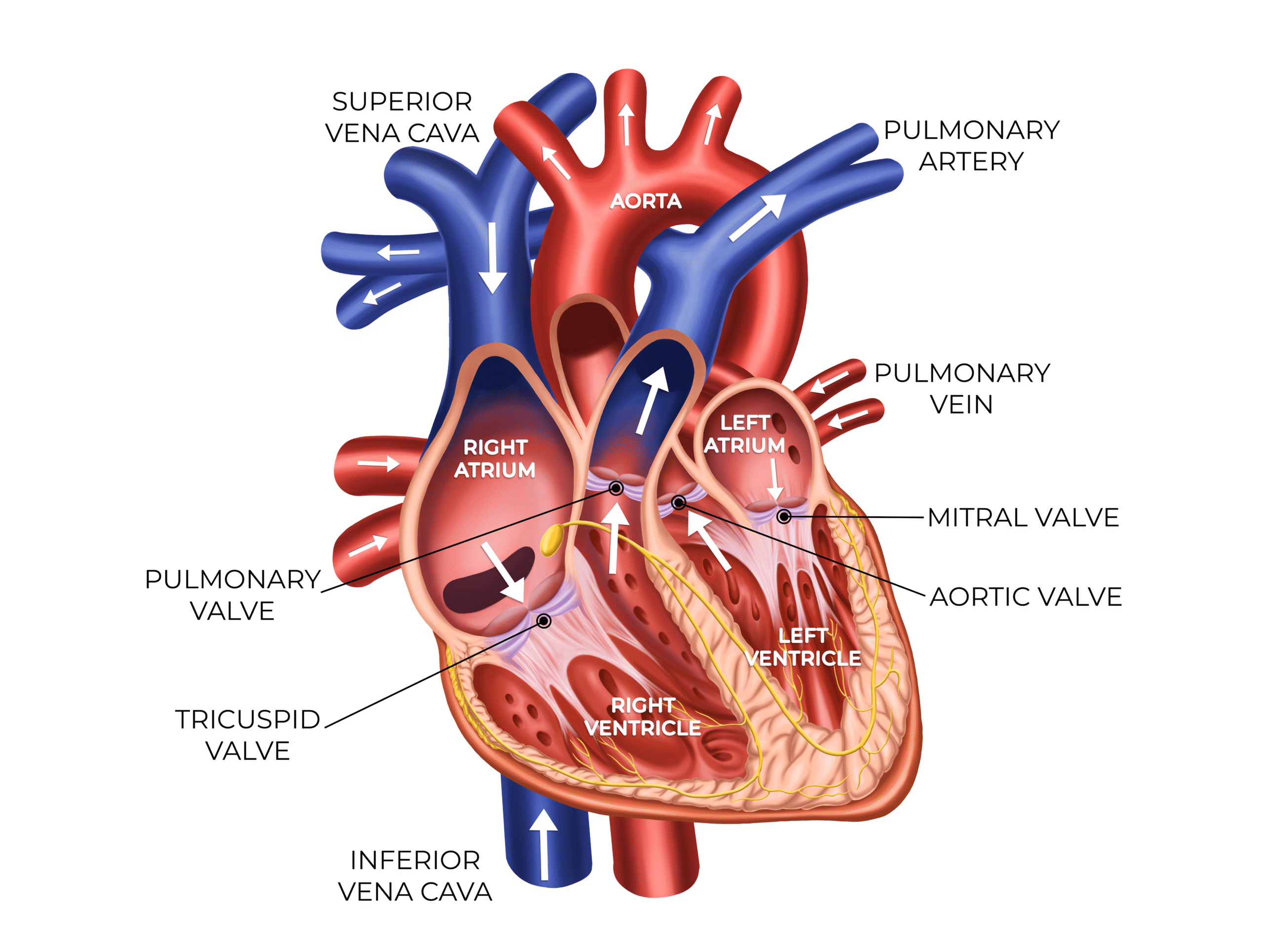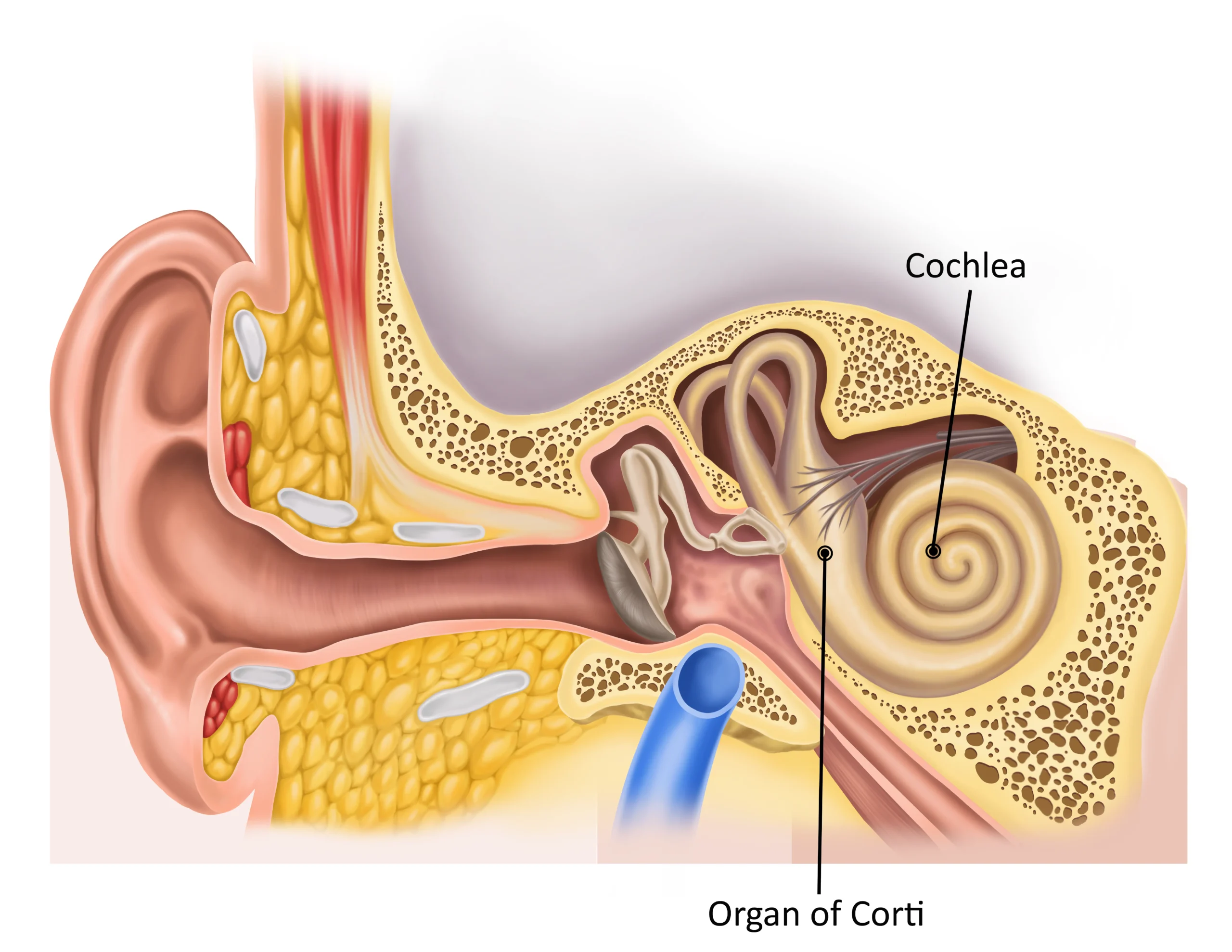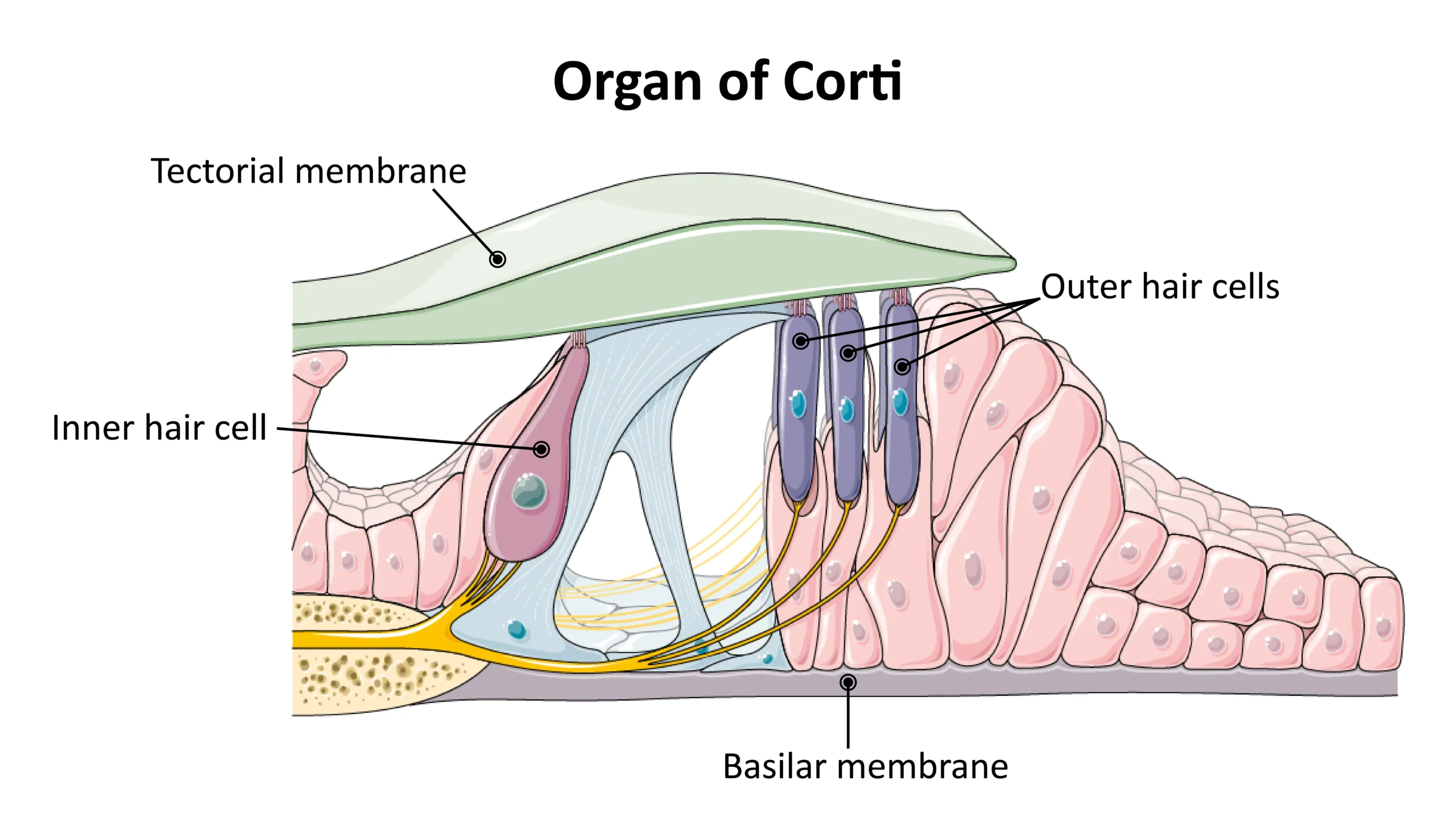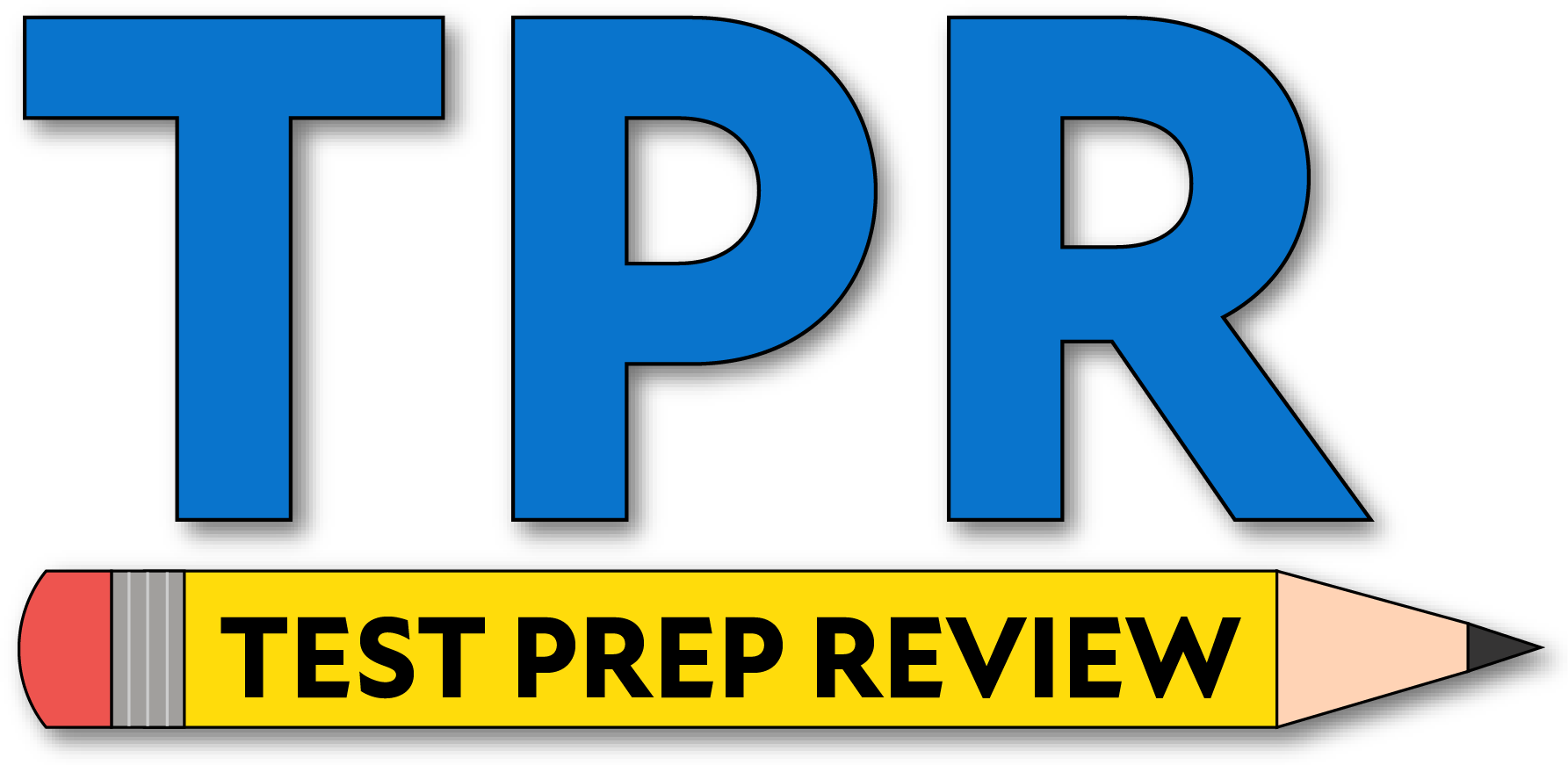- Which of the following is considered a component of lipids?
- Plasma cells
- Fatty acids
- Nucleic acids
- Zinc
Many lipids are built from fatty acid chains attached to a backbone.
Plasma cells are immune cells, nucleic acids are DNA/RNA, and zinc is a mineral, not a lipid component.
- Blood enters the lungs from which chamber of the heart?
- Right atrium
- Left atrium
- Right ventricle
- Left ventricle
The right ventricle pumps deoxygenated blood to the lungs via the pulmonary arteries.

The right atrium receives systemic venous blood, the left atrium receives pulmonary venous blood, and the left ventricle pumps to systemic circulation.
- Excessive consumption of alcohol is most likely to damage which organ of the body over a long period of time?
- Kidney
- Liver
- Pancreas
- Gallbladder
Chronic heavy alcohol use commonly causes fatty liver, alcoholic hepatitis, and cirrhosis.
Alcohol can also injure the pancreas (pancreatitis), but the liver is the most classically affected organ.
- A molecule of hemoglobin can hold how many molecules of oxygen in the blood for transport?
- 2
- 4
- 6
- 8
Each hemoglobin molecule has four heme groups, each binding one O2, for a maximum of four oxygen molecules.
Values other than four do not match hemoglobin’s tetrameric structure.
- Which of the following best describes the biomechanics of breathing?
- Pump handle motion
- Lever action
- Inspiration
- Expiration
The ribs elevate with a pump-handle motion (increasing the anteroposterior diameter) and a bucket-handle motion (increasing the transverse diameter) during inspiration.
Inspiration and expiration are phases, not specific mechanics. Lever action is not the standard term used for rib-cage kinematics.
- Animals that eat meat almost exclusively are known as:
- Herbivores
- Carnivores
- Arthropods
- Prolific organisms
Carnivores primarily consume animal tissue.
Herbivores eat plants, arthropods are an invertebrate phylum, and “prolific organisms” is not a dietary category.
- The physical expressions of a gene are known as an organism’s:
- Transcription
- Genotype
- Phenotype
- Translation
Phenotype is the observable expression of genes (traits/characteristics).
Genotype is the genetic makeup, and transcription and translation are steps in gene expression, not the expressed traits.
- Neurons connect together at a ______.
- Synergy
- Terminal site
- Docking station
- Synapse
A synapse is the junction where a neuron communicates with another cell. The other terms are not standard anatomical names for this junction.
- Which of the following is another word for the kneecap in the human body?
- Pisiform
- Meniscus
- Popliteal bursa
- Patella
The patella is the kneecap.
The pisiform is a wrist bone, the meniscus is fibrocartilage in the knee, and a popliteal bursa is a fluid-filled sac near the knee.
- Which of the following describes the shoulder joint?
- Ball and socket joint
- Saddle joint
- Hinge joint
- Pivot joint
The glenohumeral (shoulder) joint is a ball-and-socket joint, allowing wide ranges of motion.
Saddle joints allow biaxial movement, hinge joints allow flexion/extension, and pivot joints allow rotation.
- The organ of Corti is found in what area of the body?
- Mouth
- Ear
- Nose
- Lungs
The organ of Corti is the sensory structure for hearing within the cochlea of the inner ear. It houses hair cells that transduce sound vibrations into neural signals.


- The condition of rickets is associated with a deficiency in which vitamin?
- A
- C
- D
- Z
Vitamin D deficiency impairs bone mineralization, causing rickets in children (and osteomalacia in adults).
Vitamin A deficiency is linked to vision/epithelial issues, while vitamin C deficiency causes scurvy. “Z” is not a vitamin.
- A steroid is considered a ______.
- Lipid
- Protein
- Enzyme
- Weak acid
Steroids are lipids with a characteristic fused-ring structure.
Proteins are polymers of amino acids, enzymes are mostly proteins that catalyze reactions, and “weak acid” is not a macromolecule class.
- Cranial nerve X is the ____ nerve.
- Abducens
- Hypoglossal
- Facial
- Vagus
Cranial nerve X is the vagus nerve, a major parasympathetic nerve to thoracic and abdominal organs.

Abducens is VI, facial is VII, and hypoglossal is XII.
- Which chamber of the heart pumps blood to the systemic circulation?
- Left atrium
- Right atrium
- Left ventricle
- Right ventricle
The left ventricle pumps oxygenated blood into the aorta for systemic distribution and has the thickest myocardium.
The right ventricle pumps to the lungs, and the atria receive blood returning to the heart.

